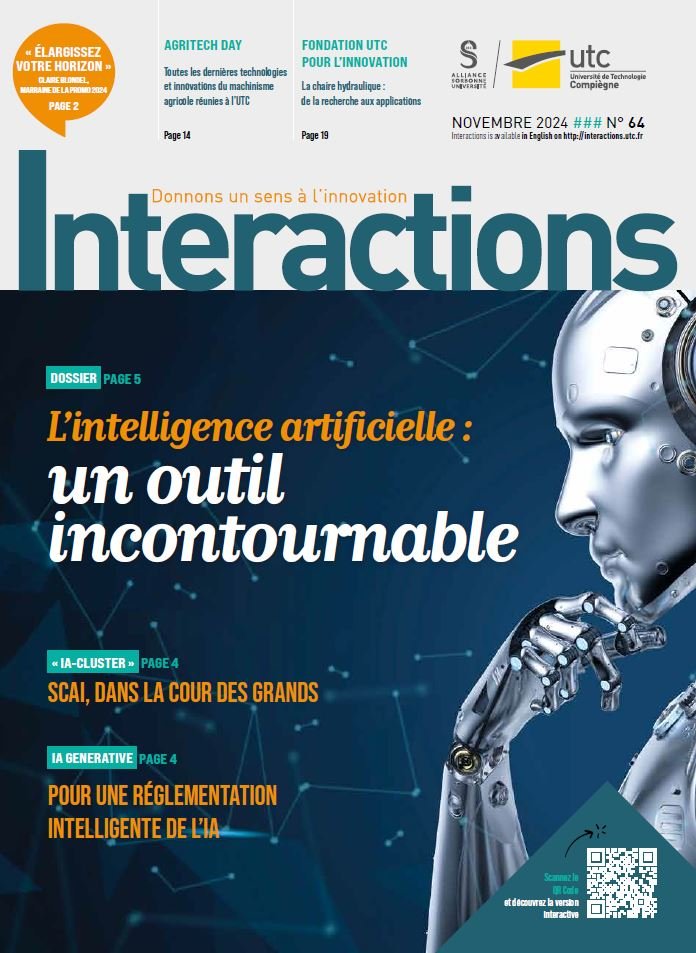These theses that change life: Development of an analytical model used to compute the diffusion matrix for a section comprised of Herschel-Quincke tubes

One day soon, residents who live close to airports will say “Thank you, Benjamin”. For three years now, Benjamin Poirier has been analysing the sensitive issue of aircraft noise abatement.
“In 2005, after I had graduated from UTC majoring in Mechanical Engineering, and after starting a bolt-on cursus at a French Air Force pilot training school, I opted to do a Master’s degree in Acoustics Research with the UTC-Roberval Laboratory”. The topic I chose was how to use Herschel-Quincke tubes to control jet engine fan noise emissions. In short, this is the large fan that draws air into the reactor compressors stages. This fan alone, with its large spinning blades, can generate a noise level of up to 100 dB.
“We machined the tubes and tested them in anechoic chambers to get a better understanding as to how they can reduce noise without taking into considerations of weight or size, for the moment”, explains Benjamin Poirier. “The acoustic wave travels along the tubes and generates a subtractive interference with the main fan noise source”. The gain, acoustically speaking, is significant – somewhere between 3–8 dB. From the perceived noise level (the psycho-acoustic level), the tubes allow for a gain of 50%.
“This does not mean that the noise level is divided by two”, warns Benjamin Poirier. Noise, per se, is a summing of numerous, complex factors that depend on our distance from the aircraft body, on wind conditions and ambient temperature. In scientific terms, the Herschel-Quincke tubes have an effect on certain frequencies, but not all. But another noteworthy advantage in using them is that it also allow the operators to reduce the quantities of gases emitted.
The discovery made by Herschel and Quincke, in fact, goes back to the 18th Century. The underlying principle is to divert noise and make it travel in another channel so as to be able to cancel the main source by interference. “This principle has been applied to car exhaust mufflers and for ventilation ducts. Our innovation will consist of applying the same princiel to aircrfat and aircrfa engines.




